Years ago, Boon Manakitivipart introduced me to orchid varieties used as accent plants. One in particular stuck with me. Boon gave me a few bulbs and I grew them successfully for many years. After a while, however, the numbers started dwindling as I often gave them to friends. A few years ago, the last few failed to sprout and that was the end of it.
Until this spring. Anthony Pancotti of Kusamono Gardens – an online store specializing in the terrestrial orchids with which I had become fond – came up with the idea to test different growing media to see which work best. The idea sounded great to me. Before long, I received enough bulbs to test some fairly different options.
The orchid in question has two common names and two botanical names. Known, alternatively, as Habaneria radiata or Pecteilis radiata, the orchid is more frequently known as a crane orchid or white egret orchid.
I planted the bulbs a month ago – as of this week all have sprouted. Here’s a rundown of the planting media used:
- Akadama (12 bulbs)
- Mixed-sized pumice (12 bulbs)
- Boon mix: lava, pumice and akadama (12 bulbs)
- Kanuma (12 bulbs)
- Potting soil (12 bulbs)
- Medium-sized pumice mixed with New Zealand sphagnum moss (12 bulbs)
- Decomposed granite (12 bulbs)
- Orchiata (12 bulbs)
- Perlite mixed with New Zealand sphagnum moss (4 bulbs)
The above planting media represent soils Anthony and I have successfully used in the past along with some commonly available soils and soils suggested by orchid growers. I’ll be measuring the results throughout the year with the aim of identifying recommended media for the variety.
Here’s a brief look at the progress to date.
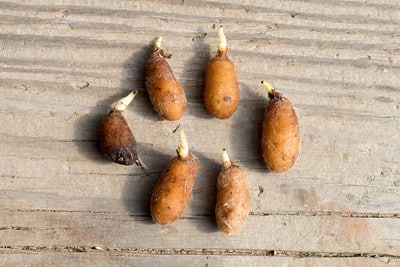
Habaneria bulbs
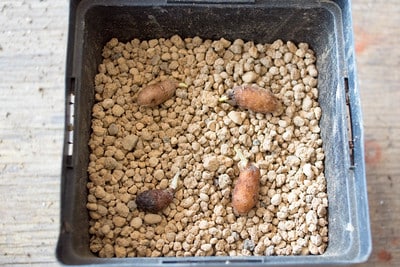
Planting orchids in akadama – four bulbs per 4″ plastic container
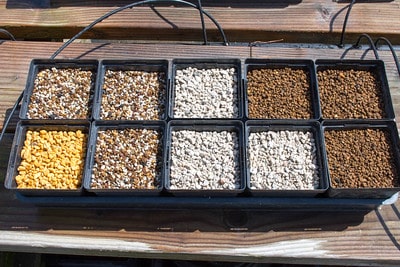
Bonsai soil, pumice, akadama and kanuma
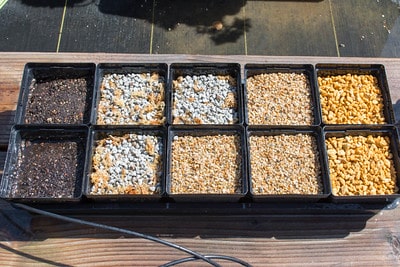
Potting soil, pumice with moss, decomposed granite and kanuma
The above shots were taken the day the bulbs were planted. Here’s how they look this week.
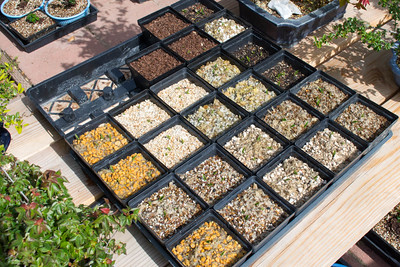
Sprouted orchids
Green shoots have poked up into the light in the last week and a half. All of the shoots are the same size and color at this point, but I have noticed a pretty big difference between media. Some mixes stay very wet – particularly the potting soil – and some are very dry – notably the decomposed granite. I don’t know that the difference in moisture will have an effect on how the orchids grow, but that’s the fun of the test – not knowing what will happen ahead of time.
Subscribe to Bonsai Tonight
New Posts Delivered Every Tuesday and Friday
George Haas says
What a fun and interesting project; can’t wait to see the results.
brendenstudio says
Great experiment Jonas! Looking forward to see the results…
Bobby C says
Love those egrets! Another option for terrestrial orchids is Keeping it Green Nursery, also near Seattle. They don’t have egrets, but they have many other wonderful orchids and other interesting plants for use in Kusamono. I tried a similar experiment 2 years ago but had a much much smaller sample size to work with so results are inconclusive.
Bruce Winter says
Habaneria radiata are very touchy about staying dry in the dormant stage. I know of a grower who keeps them on the electric box in his greenhouse after the stems have dried to insure they get no H20 until they show signs of growth in the spring. Here, near orchid paradise, (Hilo HI) orchids are grown in bark so it will be interesting to see the results of your experiment.
mirko says
And perlite? 😀